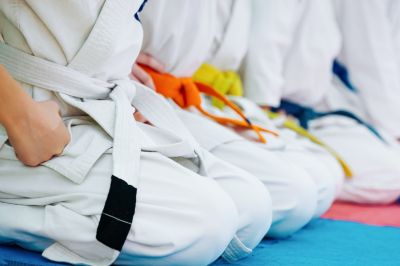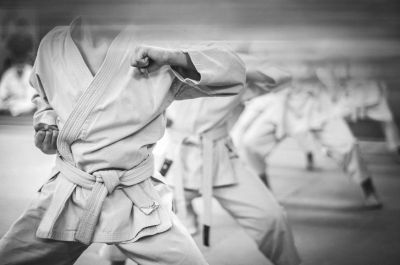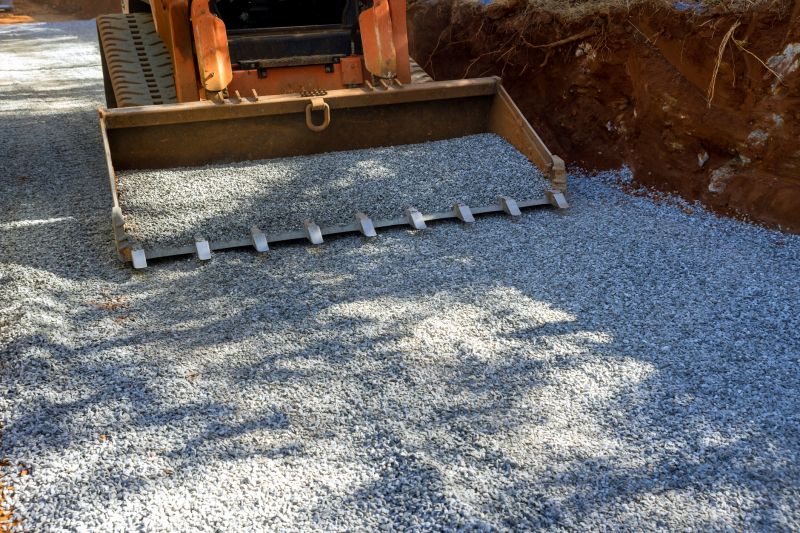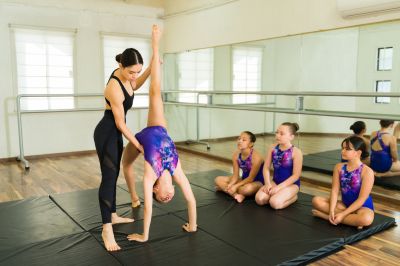Optimal Timing for Martial Arts Gradings
Gradings typically occur at specific intervals to assess progress and skill development. The optimal timing depends on the martial art style, training frequency, and individual proficiency. Many martial arts schools schedule gradings quarterly or biannually to maintain consistent evaluation periods.
Many dojos align gradings with seasonal changes, often in spring and fall, to maximize attendance and preparation.
Gradings are best scheduled after a dedicated training period where students have achieved the necessary skills and knowledge.
Allow at least 4-6 weeks of focused preparation before a grading to ensure students are ready and confident.
Coordinate gradings with local tournaments or seminars for additional motivation and exposure.

Students demonstrating their skills during a grading event.

Students practicing techniques before grading.

Instructor evaluating student skills during grading.

Ways to make Gradings work in tight or awkward layouts.

Popular materials for Gradings and why they hold up over time.

Simple add-ons that improve Gradings without blowing the budget.
Gradings serve as a formal assessment of a student's progress within a martial arts program. They provide a structured opportunity to demonstrate skills, knowledge, and discipline. Successful gradings can motivate students, set clear goals, and mark milestones in their martial arts journey. Regular evaluations help instructors tailor training to individual needs and ensure consistent development.
Scheduling gradings at appropriate intervals ensures students are adequately prepared and motivated.
Many schools hold gradings every three to six months, depending on the curriculum and student progress.
Consistent practice, review of techniques, and mental readiness are key to successful gradings.
They foster discipline, provide clear goals, and recognize achievement.

A student is awarded a new belt during a grading.

Instructor assessing techniques during a grading.

Participants celebrating their achievement.

Students practicing techniques before grading.

High-end options that actually feel worth it for Gradings.

Finishes and colors that play nicely with Gradings.

Little measurements that prevent headaches on Gradings day.

A 60-second routine that keeps Gradings looking new.
| Aspect | Details |
|---|---|
| Ideal Timing | Align with training cycles and seasonal opportunities. |
| Preparation Duration | Allow 4-6 weeks for focused training. |
| Frequency | Typically every 3-6 months depending on curriculum. |
| Student Readiness | Assess individual progress regularly. |
| Event Coordination | Schedule around tournaments or seminars. |
| Attendance Considerations | Choose times with high student participation. |
| Instructor Availability | Ensure instructors are available for evaluations. |
| Community Events | Incorporate local martial arts events for added motivation. |
Understanding the best timing for gradings can significantly impact student motivation and progression. Proper scheduling ensures students are adequately prepared and able to perform at their best. Regular assessments, aligned with training milestones and community events, support ongoing development and recognition of achievement.
For those interested in scheduling gradings or seeking more information about the process, filling out the contact form is recommended. It provides an opportunity to discuss suitable timing options and prepare for successful evaluations.
